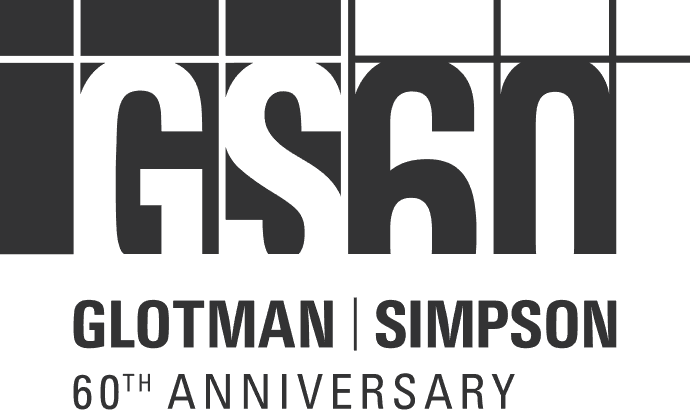Behind The Design

It’s not simply the passage of time that makes a milestone worth celebrating, but the relationships, hardships, and breakthrough moments. This is one of those inflection points as we celebrate 60 years of Glotman Simpson.
Over the last six decades, we’ve embraced cutting-edge technology, created our own solutions when existing systems fell short, and consistently pushed the boundaries of what was once thought possible. There's a true art to structural engineering—and that’s worth bringing into the spotlight.

A Culture for Creatives
In 1964, Glotman Simpson opened its doors—a three-staff firm led by a dedicated engineer named Martin Glotman. As the firm grew, it fostered a culture where people were valued, and their unique ideas paved the way for the groundbreaking work that became our legacy projects.
Today, Glotman Simpson continues to champion inclusivity and diversity in our industry through purposeful initiatives and forward-thinking processes. This ethos has created a firm of passionate, diverse, creative thinkers, and the kind of culture that makes people want to stay.
The Art of Engineering
Within every set of architectural plans lies thousands of potential solutions that satisfy the same goals and challenges; some of which may be better than others.
Starting from when our founder, Martin Glotman, spent late nights solving the curve for the planetarium with a slide rule, we’ve approached every problem with the same inventiveness and drive to find the right solution. Technology has evolved exponentially since then to test our concepts, but the art of engineering remains timeless.

1986
Envisioned in the 1970s, Metrotown became a reality in 1986, built as an extension of the Sears department store. This historic project catalyzed the area’s rapid development and was the first of three buildings that would become today's Metrotown Centre.

Future in Focus
Visual projections are often integrated as background elements to enhance a primary focus. Drawing a parallel to structural engineering—a discipline whose artistry is concealed by the exterior and frequently goes unnoticed—we embraced the concept of projections to showcase our history of innovation. Through this lens, we offer a glimpse into the future of engineering from our unique perspective.














